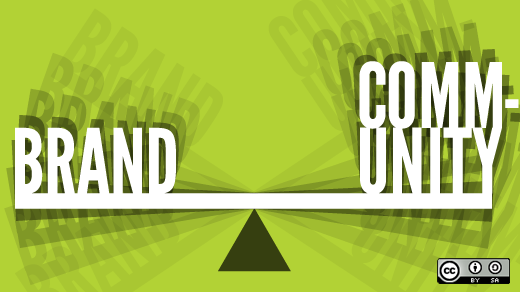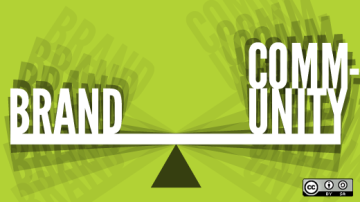When we launched Nethesis in 2003, we were just system integrators. We only used existing open source projects. Our business model was clear: Add multiple forms of value to those projects: know-how, documentation for the Italian market, extra modules, professional support, and training courses. We gave back to upstream projects as well, through upstream code contributions and by participating in their communities.
Times were different then. We couldn't use the term "open source" too loudly. People associated it with words like: "nerdy," "no value" and, worst of all, "free." Not too good for a business.
On a Saturday in 2010, with pasties and espresso in hand, the Nethesis staff were discussing how to move things forward (hey, we like to eat and drink while we innovate!). In spite of the momentum working against us, we decided not to change course. In fact, we decided to push harder—to make open source, and an open way of working, a successful model for running a business.
Over the years, we've proven that model's potential. And one thing has been key to our success: community.
In this three-part series, I'll explain the important role community plays in an open organization's existence. I'll explore why an organization would want to build a community, and discuss how to build one—because I really do believe it's the best way to generate new innovations today.
The crazy idea
Together with the Nethesis guys, we decided to build our own open source project: our own operating system, built on top of CentOS (because we didn't want to reinvent the wheel). We assumed that we had the experience, know-how, and workforce to achieve it. We felt brave.
And we very much wanted to build an operating system called NethServer with one mission: making a sysadmin's life easier with open source. We knew we could create a Linux distribution for a server that would be more accessible, easier to adopt, and simpler to understand than anything currently offered.
Above all, though, we decided to create a real, 100% open project with three primary rules:
- completely free to download,
- openly developed, and
- community-driven
That last one is important. We were a company; we were able to develop it by ourselves. We would have been more effective (and made quicker decisions) if we'd done the work in-house. It would be so simple, like any other company in Italy.
But we were so deeply into open source culture culture that we chose a different path.
We really wanted as many people as possible around us, around the product, and around the company. We wanted as many perspectives on the work as possible. We realized: Alone, you can go fast—but if you want to go far, you need to go together.
So we decided to build a community instead.
What next?
We realized that creating a community has so many benefits. For example, if the people who use your product are really involved in the project, they will provide feedback and use cases, write documentation, catch bugs, compare with other products, suggest features, and contribute to development. All of this generates innovations, attracts contributors and customers, and expands your product's user base.
But quicky the question arose: How can we build a community? We didn't know how to achieve that. We'd participated in many communities, but we'd never built one.
We were good at code—not with people. And we were a company, an organization with very specific priorities. So how were we going to build a community and foster good relationships between the company and the community itself?
We did the first thing you had to do: study. We learned from experts, blogs, and lots of books. We experimented. We failed many times, collected data from the outcomes, and tested them again.
Eventually we learned the golden rule of the community management: There is no golden rule of community management.
People are too complex and communities are too different to have one rule "to rule them all,"
One thing I can say, however, is that an healthy relationship between a community and a company is always a process of give and take. In my next article, I'll discuss what your organization should expect to give if it wants a flourishing and innovating community.







5 Comments